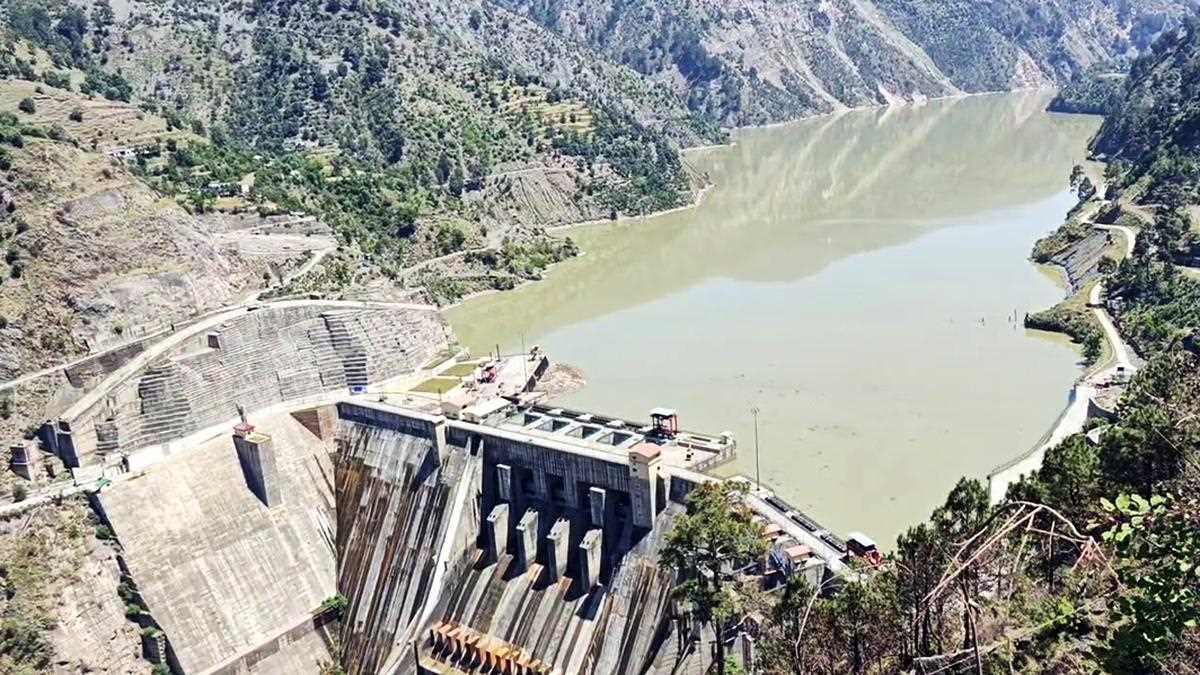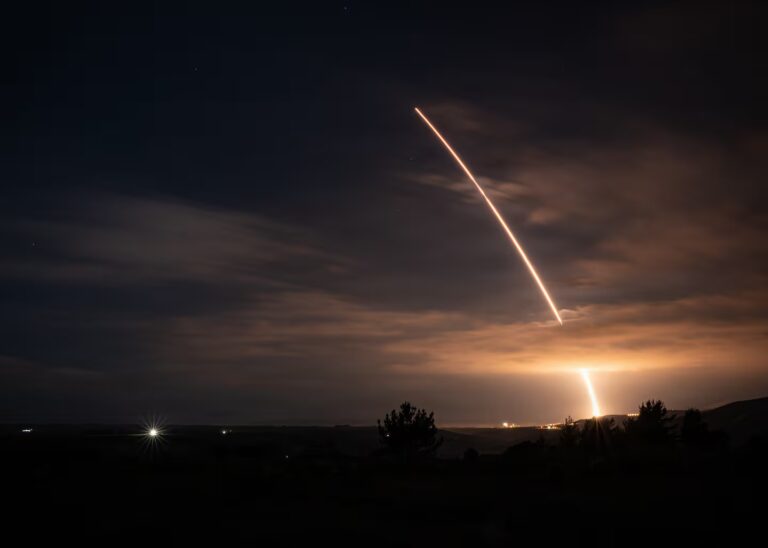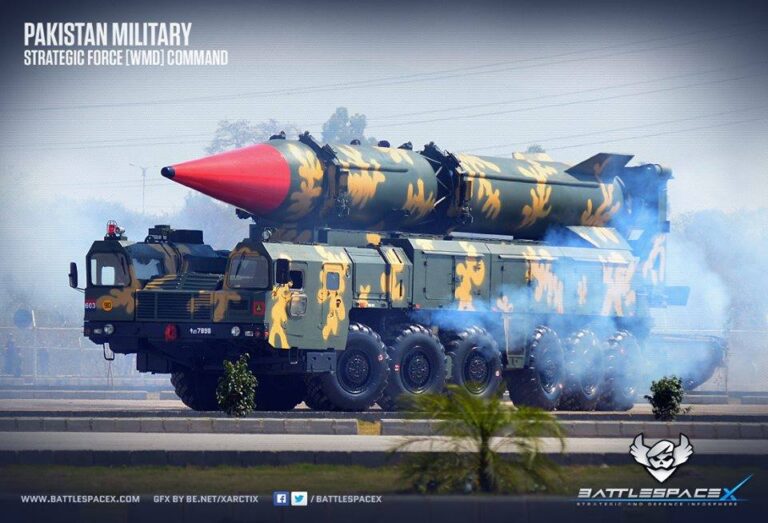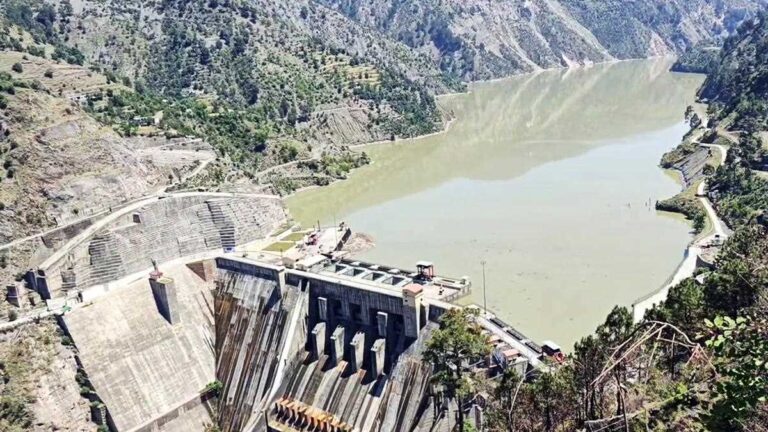
Source: Brighter Kashmir
Anam Naz Nawaz
On April 23, 2025, New Delhi placed the Indus Waters Treaty(IWT) in “abeyance,” upending a 65-year guardrail against water aggression in South Asia. Shutting off a people’s rivers starves a nation—and under international humanitarian law, using water as a weapon is illegal. In South Asia, that red line is being rubbed out in real time as “our water, not theirs” politics in India puts Pakistan’s fields, grids, and cities at risk. In a nuclear-shadowed, climate-stressed region, this shift epitomizes the weaponization of water in regional statecraft.However, the world trivializes it by treating it as a technical quarrel.
When a state threatens to turn off the lifeblood of another nation — the rivers that feed its farms, cities, and the entire population — it is not “hardball diplomacy.” If anything, it is the coercive denial of a natural resource indispensable to civilian survival. It is a crime and a violation of international humanitarian law, which explicitly states that depriving civilians of “objects indispensable to their survival,” including water, is prohibited, and criminalizes starvation of civilians as a method of warfare under the Rome Statute of the International Criminal Court.The Additional Protocol I to the Geneva Conventions reinforces this by providing special protection to dams and other works containing dangerous forces. The UN Security Council has reaffirmed that critical civilian infrastructure must be safeguarded. In plain terms, weaponizing water, including by destroying, degrading, or deliberately withholding it to coerce a population, is illegal.
Across conflicts from Gaza to the Sahel and from Ukraine to Yemen, water is being increasingly used as a weapon: dams are breached, canals diverted, and treatment plants shelled, while global frameworks lag. The Pacific Institute logged a record 347 incidents of water-related violence in 2023, up about 150% from 2022, spanning cases where water was the trigger, the target, or the weapon. All of this speaks to how “hydro-terrorism” is moving from the margins to the mainstream of conflict tactics. Despite this, policymakers treat water as a “development” add-on, not a national security flashpoint.
South Asia’s Fault Line: Water Treaty, Nationalism, and Law
Few basins matter as much as the Indus. It sustains over 300 million people across Pakistan and India, feeds the world’s largest system of irrigated agriculture, and runs from the glaciated Himalayas through Kashmir to the Arabian Sea. Kashmir is where critical western tributaries—Indus, Jhelum, and Chenab—rise, and that geography enhances the risks of miscalculation.
Since 1960, the Indus Waters Treaty has streamlined water-sharing: India has the three eastern rivers; Pakistan has the three western rivers. The Treaty hard-wired regular data-sharing, inspections, and a two-track dispute system (Neutral Expert/Court of Arbitration), famously surviving wars, crises, and diplomatic freeze-outs. However, it does not include a unilateral exit or suspension clause.
Against that backdrop, “water nationalism” has re-entered Indian politics. It is, one must stress, not something new—Delhi and Lahore sparred over canals as early as 1948—but its return amid resurgent Hindutva politics is combustible. In 2016, after the Uri attack, Prime Minister Narendra Modi said, “blood and water cannot flow together.” In 2019, at a campaign rally in Haryana, he claimed, “Tell me, should the water, which belongs to you, be allowed to flow into Pakistan? Shouldn’t you be getting that water? How is it possible that the same (river) water turns Pakistan green, but lets Haryana’s fields go dry? Our water has been flowing into Pakistan for 70 years … I will not allow even a drop of water, which is your due, to flow into Pakistan.” The language is explicit, linking water control to religious-ethnic nationalism inside India.
Comparative research on post-colonial hydropolitics in India and Israel shows how state- and nation-building turned water into an instrument of territorial consolidation—through visible violence (dams, diversions) and hidden violence (rules, licensing, cartography, “our water” discourse). It finds that these processes “intensified the sense of national appropriation of water,” a lineage that helps explain today’s water nationalism and its slide toward water-terrorism.
That lineage now collides with the Treaty’s practice and adjudication. In June, the Permanent Court of Arbitration confirmed that its separate Indus hydropower dispute proceedings will continue. After India placed the Indus Waters Treaty in “abeyance,” the World Bank— also a signatory to it— stated it has “no role to play beyond a facilitator” regarding India’s one-sided suspension, highlighting the limits of external enforcement. The law grinds on as politics hardens around it.
Pakistan is being hit twice over—first by a climate crisis it barely caused, and now by the political weaponization of water. Unfazed, Western capitals largely treat both as someone else’s problem.
It remains to be seen whether India’s suspension and any resulting flow disruptions could even trigger Paris Agreement compliance scrutiny, given Pakistan’s climate-linked dependencies.
A Global Threat
As aforementioned, the Indus basin is nuclear-shadowed, glacier-fed, and climate-stressed. Therefore, elevating “water nationalism” is a recipe for disaster, from Kashmir to the delta. And this is not just “an India–Pakistan issue.” More than half of the world’s freshwater lies in transboundary basins; most accords are bilateral, old, and weak on enforcement. Design playbooks exist (binding arbitration, real-time data exchange, joint monitoring), but these rules have no real force unless states are willing to enforce them.
Meanwhile, incident data show that water-based violence is rising in a hotter world: more civilians are cut off and infrastructure is hit. If a rules-based order is to survive climate pressure, the international community must signal that water terrorism sits beyond the pale, whether in Gaza, Ukraine, the Sahel, or the Indus, and that such violations cannot be condemned selectively. When the world selectively applies the law and fails the most vulnerable, it sets a dangerous precedent for many to commit war crimes.
In South Asia, that means implementing urgent outside facilitation to rein in unilateral steps, restoring commissioner-level data-sharing and notifications, ring-fencing humanitarian water uses from timing games, and updating the Treaty’s climate modules. Independent policy work converges on the same point: insulating the IWT from domestic pressure and keeping adjudication moving—including, if needed, novel climate-compliance avenues where flow disruption undercuts downstream targets. The bottom line is that the Narendra Modi-led government does not need twenty-two mega-dams to do harm; a few “timed” moves and a permissive international shrug will do. If the international community wants to avoid a wider South Asian crisis, it must treat water coercion exactly as it is: a serious breach risk with humanitarian consequences—not a footnote to great-power politics.
Zooming out, the stakes are global. As climate stress meets hard nationalism, rivers from the Tigris–Euphrates to the Nile and Helmand are entering danger zones where upstreams can squeeze downstreams without real accountability. The data say the trend is up; the law says don’t; politics remains timid. Serious action looks like this—clear public statements that threats to cut transboundary flows violate international norms; backing the arbitration track and insisting parties honor Indus dispute procedures; funding real-time basin monitoring and joint operating rules; and linking climate finance and loss-and-damage support to de-risking water governance in fragile basins. India’s declared pause on the Treaty that helped keep two nuclear neighbors out of a water war has exposed a global blind spot: we police pipelines and ports, but not rivers. Pakistan sits downstream, climate-battered, and dependent. Letting water nationalism spread here is not just reckless for Pakistan; it’s an invitation to imitators from the Nile to the Tigris—and a crisis the rest of the world will not escape.
Anam Naz Nawaz is an MSc Political Science scholar at Sciences Po Paris.
The views expressed in the article are the author’s own and do not necessarily reflect those of Pakistan Politico.





